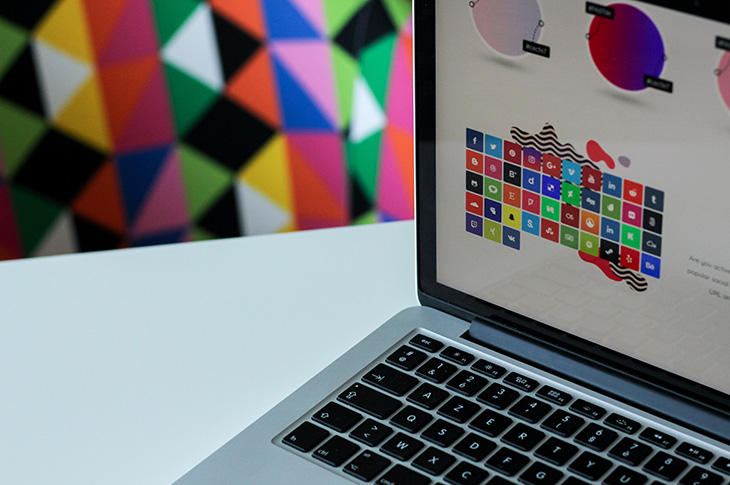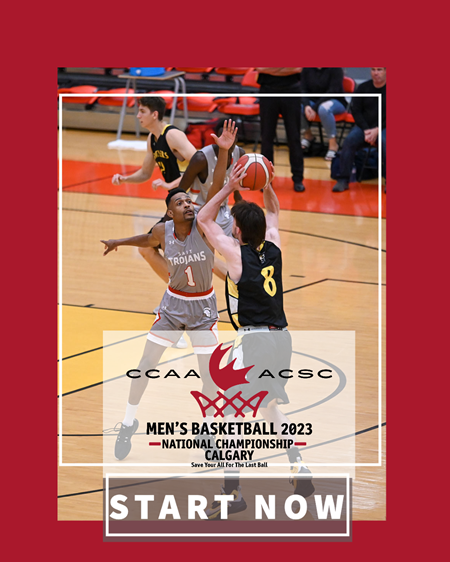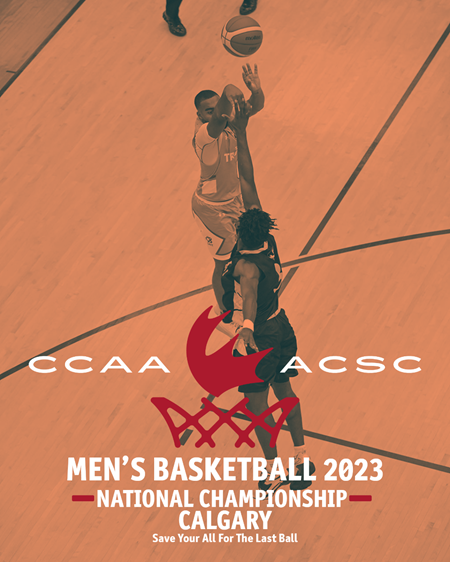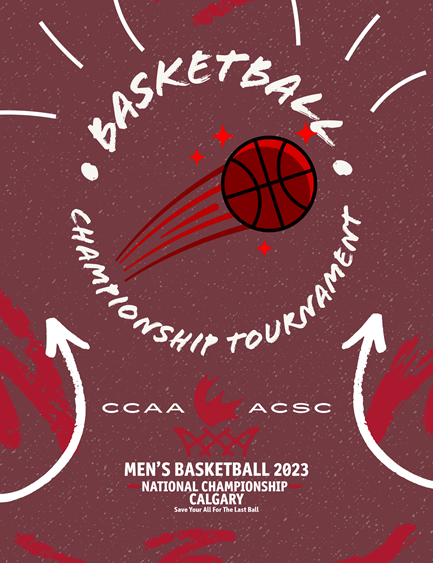Training the next digital design dream team

Teamwork makes the dream work — just ask some of the most iconic teams of all time, like the 1988-89 Calgary Flames or the plucky heroes of Guardians of the Galaxy. Individual members bring their own unique talents and blended together, those talents create success.
This is something that’s become more and more clear in the creative, advertising and marketing industries. It takes a blending of talents and gone are the days of siloed work. Preparing graduates with the ability to bring unique skills while being agile enough to jump in on projects outside their specialty was a key goal in redeveloping SAIT's design programs — to align with ever-evolving industry requirements.
At SAIT, we’re training the next digital design dream team.
Interactive design aims to create digital experiences that encourage users to engage with a product or service. Its primary goal is to develop seamless, intuitive and enjoyable user experiences which go beyond aesthetics. The field covers a wide range of roles from content creator to digital product designer, full stack developer to interaction designer — the team required to make some of our favourite digital experiences.
“For the new Interactive Design (ID) program, we looked at where that industry is moving as an evolution of our existing curriculum — the subject area was starting to converge,” says Amos Ngai, Associate Dean of the School for Advanced Digital Technology. “People are working multiple roles, finding different opportunities on the same projects, yet a level of specialization is still an asset.”
Three specialization areas emerged during the program design process: graphic design, web design and user experience. In each, students will learn to flex their creativity and technical skills during a common first year and a specialized second year. “Roles and expertise have more overlap now,” says Ngai, “but there will still be an anchor for a graduate in their primary skill area.”
Choose your own specialization
Interactive Design – Graphic Design Major
🔬 Learner type: creative, strategic, thoughtful, problem solver, attention to detail
Interactive Design – User Experience Major
🔬 Learner type: creative, strategic, thoughtful, unbiased, problem solver
Interactive Design – Web Design and Development Major
🔬Learner type: strategic, analytical, attention to detail, problem solver, repetitive tasks
First-year foundations
A diverse skillset is valuable because grads can work on a wide range of projects — that’s where students start in their first year. There’s a common language in the industry and a base level of expertise critical to success for new graduates.
The learning methods themselves are also diverse. “In our conversations with industry members, we discovered the need for the learning at SAIT to mirror the learning in industry throughout a design career — they read, they listen, they watch, they connect and they attend,” says Andrew Stevenson, Academic Chair, Interactive Design diploma. “We’ve factored this into our curriculum to create a blended experience, some learning happens asynchronously and some happens in the classroom.”
First-year students will complete foundational courses in technical communications, critical thinking and digital media, plus courses in each of the three specialization areas.
“Our blended approach to the curriculum allows for more project-based learning, which extends opportunities to engage in hands-on, real-world projects that require critical thinking, problem-solving, and collaboration,” says Stevenson. “It also fosters creativity and innovation by allowing students to explore their own interests and ideas, pursue projects that are meaningful to them, and to see the relevance of their work to the world around them.”
Hone the foundations of design in the first semesters while preparing your portfolio to help communicate where you want to go.
Bonus: Co-op work term
For students who want to work in industry during the break between years one and two to spark more industry connections and enhance their portfolio, there is an optional co-op work term. “We have a work-integrated learning coordinator who helps students find co-op work opportunities and we liaise with industry to post available positions,” says Ngai.

Opening soon: Design Studio in second year
The highlight of year two is the Design Studio course where students of all three specializations will work together on interdisciplinary teams to achieve a design challenge.
“There will be a new purpose-designed space for this program opening next year to support experiential learning opportunities and simulate work environments — it's going to be designed much like an agency,” says Ngai. “We want to give students a space where they feel safe to fail, because that's the nature of design, right? You go through many, many iterations until one works and this is the right place to do that. It’s the key piece we're building into all the courses and experiences, which will ease the transition to the workplace.”
A winning portfolio sample
YinTing Wang, a student in a precursor to this program, New Media Production and Design, participated in a design challenge to create a logo for the SAIT Trojans’ Men’s Basketball National Championship, hosted by SAIT in Calgary this year. Here’s her winning entry.
The first group of Interactive Design students will start at SAIT in September 2023.
Info session
The new Interactive Design diploma is your first step in starting a career as a digital designer. You'll learn cutting-edge design techniques as you advance your skillset and build your design portfolio.
📅 Learn more at the info session on Tuesday, June 20 at 6 pm
Skills for the Future
We prepare students for successful careers and lives.
SAIT'S
2020-2025
Strategic plan

Oki, Âba wathtech, Danit'ada, Tawnshi, Hello.
SAIT is located on the traditional territories of the Niitsitapi (Blackfoot) and the people of Treaty 7 which includes the Siksika, the Piikani, the Kainai, the Tsuut’ina and the Îyârhe Nakoda of Bearspaw, Chiniki and Goodstoney.
We are situated in an area the Blackfoot tribes traditionally called Moh’kinsstis, where the Bow River meets the Elbow River. We now call it the city of Calgary, which is also home to the Métis Nation of Alberta.




